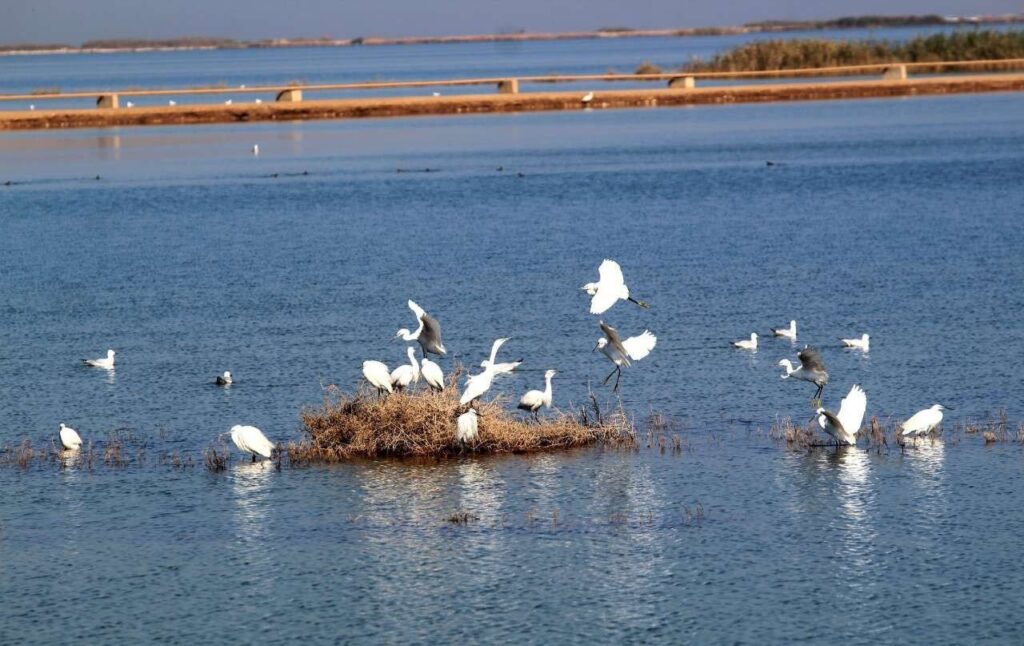TEHRAN – The Ministry of Environment (DOE) and the Ministry of Agriculture have signed a Memorandum of Understanding (MOU) to launch a national plan to empower communities to protect and promote the sustainable use of wetlands.
The main purpose of the MOU is to turn wetland protection from a government initiative to an inclusive social responsibility by focusing on training, empowering and engaging in the community.
Wetlands are an important ecosystem and are known as the kidneys of the Earth. These ecosystems provide clean water, protect against flooding, restore underground aquifers, and maintain surface water flow during drying periods.
Iran’s geography is clear and full of diverse landscapes. The country has a variety of wetlands, of which 27 were listed in the International Ramsar Convention.
Iranian wetland conservation project
On December 10, 2024, DOE official Mehri Asna-Ashari said the Iranian wetland conservation project led to a 27.5% reduction in irrigation water consumption and an increase in agricultural produce by 22.5%.
“Currently, 49 wetlands, which cover about 22% of the total domestic wetlands, are preserved in the form of native ecosystem management partnerships,” the IRNA quotes Asna-Ashari as saying.
She made a statement at a meeting of the steering committee of the International Project for Iran’s Wetland Conservation.
Since 2021, conservation projects have been carried out in three wetlands, including Shadengan in Kzestan, Bahtegan in Fars and Urmia in Western Azabaijan.
Sustainable farming methods were implemented and 2,433 farmers were trained. By February 2024, the results showed that irrigation water consumption would decrease by 27.5%, compared to an average agricultural production increased by 22.5%. Furthermore, chemical fertilizer consumption has decreased by 25-30%. As a result, each farmer’s income increased by 14%.
The establishment of 26 non-governmental organizations (NGOs) and 181 livelihood support groups, as well as the implementation of alternative livelihood plans in 44 villages, are some of the other outcomes of the project.
The official continued, “In 2024, the project was implemented on a budget of 678,000. We hope that the project will produce more positive results with the allocation of the new budget. Of course, the government’s financial contributions have been received a little late and inadequately.
In order to implement the project more successfully, the ministries of Agriculture, Energy, Interior, diplomacy, planning and budgetary organizations, and the UN Development Programme must cooperate with each other,” Asuna Asharli pointed out.
Iran has identified 141 ecologically valuable wetlands with an area of over 3 million hectares, of which 25 have been designated as more than 1.4 million hectares of international importance wetlands (registered under the Ramsar Convention), with four sites being biosphere reserves.
mt/mg

